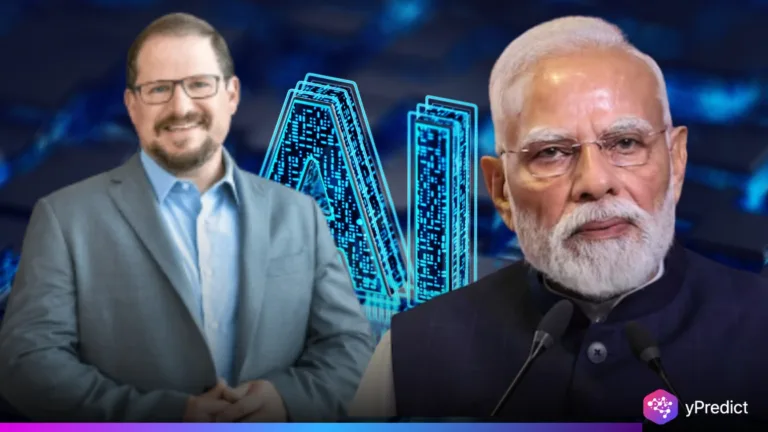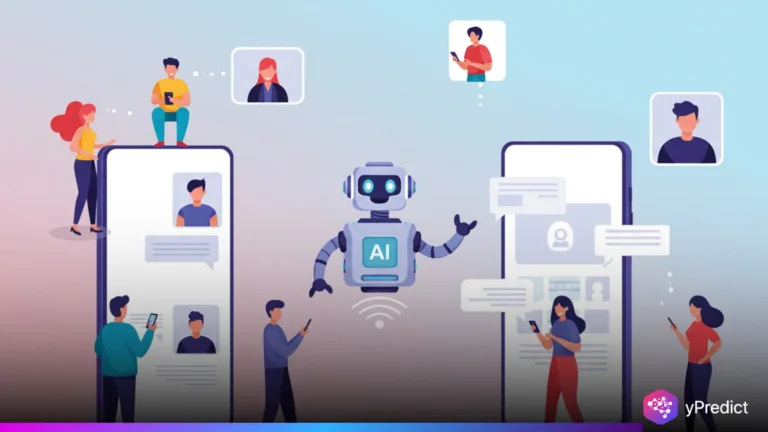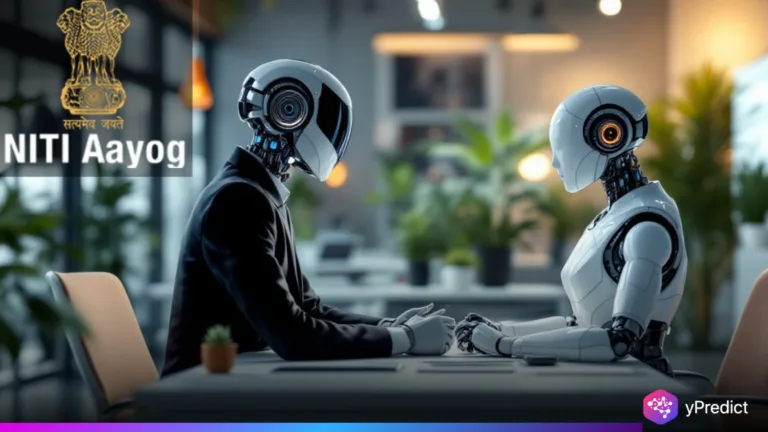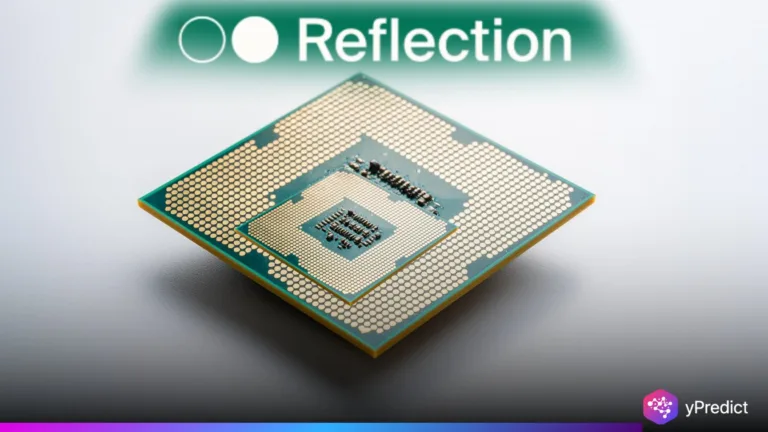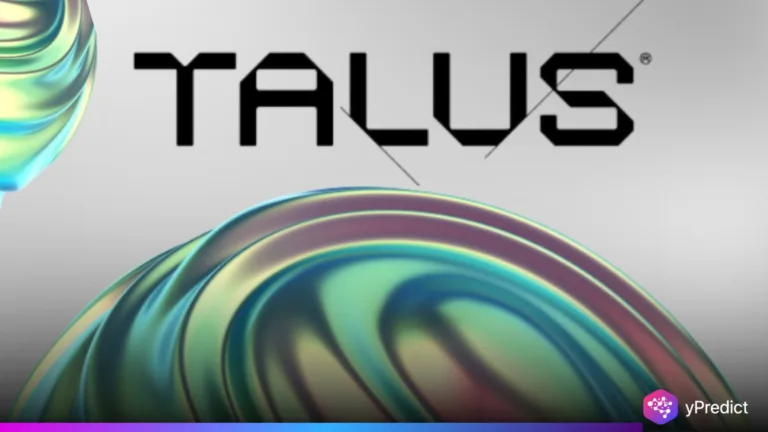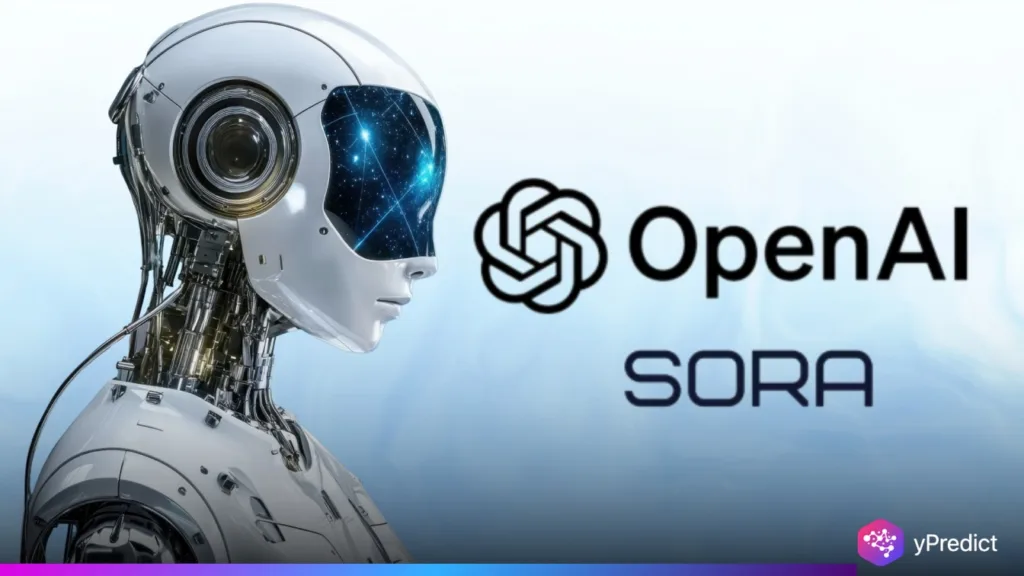
OpenAI Tightens Sora Controls to Help Copyright Owners
OpenAI recently put out a statement regarding the implementation of new policies relating to the use of copyrighted characters on the AI video tool Sora. Copyright holders will now have more control over how OpenAI manages the use of their IP. This comes as a response to policies that users felt were too lenient.
OpenAI allows film studios and comic book publishers to restrict the use of their characters in videos produced through Sora. It will be up to the copyright holder to make the decision. On whether they want to exclude their characters completely. Or give OpenAI limited use of their characters. Moreover, OpenAI states that they will be trying out a new system. This system will include paying copyright holders when their characters are used on Sora.
Sora’s Default Policy and the Opt-Out Approach
In the past, Sora allowed wide access to certain creative works, at times even enabling use without direct permission. Sora’s new version requires rights holders to explicitly declare that they do not hold copyright on their content. Otherwise, Sora treats all content as copyrighted. OpenAI has communicated with rights holders, studios, and agencies to set expectations for the opt-out process. Critics say the burden of enabling access falls to the rights holders. One major content holder, Disney, has already executed their opt-out rights.
Some reports suggest the opt-out process will require rights holders to specify the characters, styles, and forms of use they want to restrict. Rights holders must clearly indicate which content users cannot access. This will be instead of a general ‘no’ to use. In Sora, the use of public-figure names will be restricted. But Sora will retain the right to use imaginary characters unless the rights holder removes them.
OpenAI’s Rationale and Sora Safeguards
OpenAI describes the shift to Sora as a way to find a balance between creativity and the protection of rights. Sora outputs will have watermarks and C2PA (metadata). As well as internal traceability to assess and monitor abuse and attribution. Users can manage cameo likeness and revoke “cameo” as a leg and limit how many can be used. Sora age filters and guardrails (for unsafe or infringing content), as well as protections for younger users.
Still, some commenters suggest the revisions will not address the systemic issues. The use of copyrighted works by OpenAI defaults to questions of fair use. As well as the opacity of training data, and meaningless opt-out protection. A specific gap in the critiques is the lack of opt-out awareness for smaller creators or indie artists.
OpenAI: Next Steps in AI and Copyright
In its revision of Sora policies, OpenAI seeks to answer concerns regarding the effects of AI on creative rights. Copyright holders would gain more control over the use of their characters. There are opt-out options and potential revenue sharing. Through this, OpenAI aims to find a midpoint between allowing innovation with generative AI. As well as safeguarding the interests of the creator. Whether this satisfies the needs of artists and studios and complies with the law remains to be seen. But this is a notable change in OpenAI’s approach to the use of AI in video generation.

